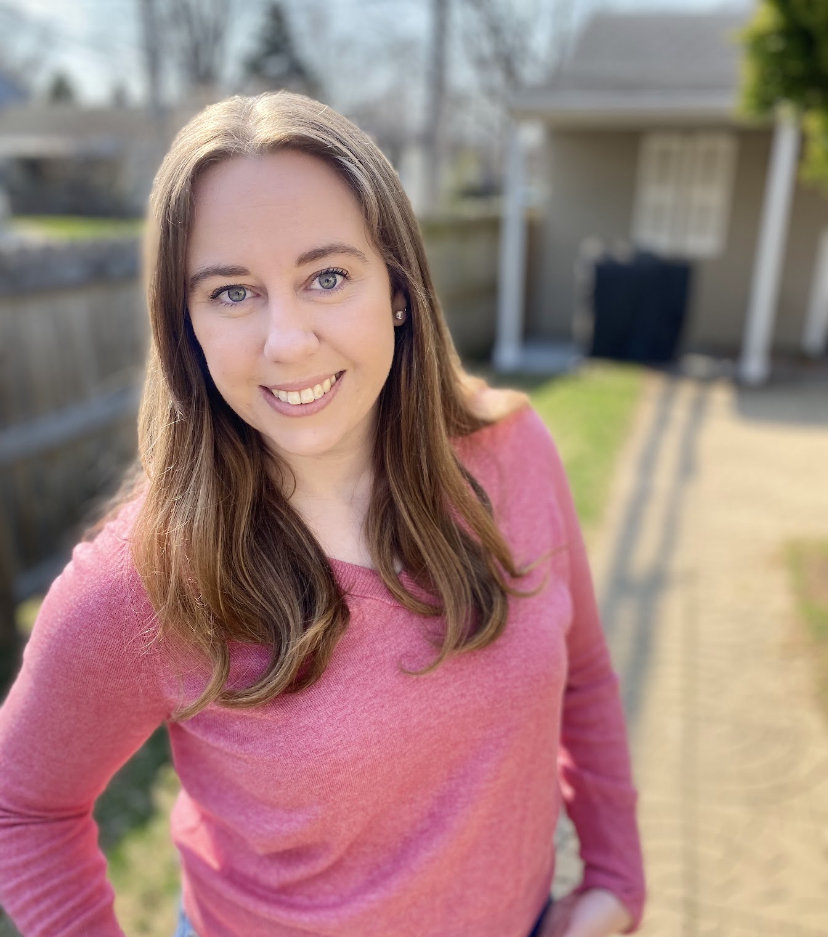Quilting with Curves: 7 Tips when Piecing Curved Quilt Blocks
- Tori McElwain
- Mar 16, 2024
- 4 min read
Updated: Mar 22, 2024
By Tori McElwain for Quilting with Darla
Curves feel a bit like doing magic when they come out exactly as you planned! However, they can also be dumbfounding!
In the last few weeks, I have spoken to quite a few quilters who have been working with and learning curves in different patterns and techniques such as paper piecing and appliqué. Many were struggling to match up their ends or get the curve to look graceful without puckers or straight edges.
If you've found yourself struggling with curves, here are a few tips to help you!

1. Use a Smaller Stitch Size
Using a smaller stitch size helps with control and to avoid straight areas/edges if your curves are on the smaller side or the steep side. A gentle curve is a little easier to stitch, but a steep curve can be a struggle. Using a smaller stitch side can help with this control.
Also, if you are working with paper piecing or improv piecing, a smaller stitch size can help secure smaller seams if you didn’t quite get the ¼ inch you needed for that piece.
2. Work from the Middle Out
Seriously, hear me out! Curves tend to be cut on the bias side of the fabric or cut on the stretchier side. There are several ways to prevent them from stretching, but one way I found very useful, without adding extra steps to the prep, is to work from the middle of the curve to the end, rather than end to end.
Here is my process:
Fold in half and press the curves to find the middle
Mark the middle of the curves on both sides of the fabric
Match the middles and pin them together with 1 pin
Backstitch and sew to one end using your hands to match the edges of the fabric a little at a time (see tip 3 below!)
Flip, backstitch, and sew to the other end
3. Take your Time
This one is big for me, so I added it just in case you can also relate. When I quilt or sew I like to get the project done quickly. I love having a finished product to show after I have been sewing for a while. This can be a single block or several. This motivates me to stitch quickly! However, with curves, taking your time and making sure those edges are together will ensure that your curves come out graceful and meet at the ends.
4. Take the Full Seam
In quilting, we generally use a 1/4 inch seam, and perfecting the 1/4 inch seam is essential in piecing. The same goes for sewing curves. I have the bad habit of thinking that 1/8 inch seams will make my curve look better! It doesn’t! Taking the full seam, whether it be ¼ inch or ½ inch (depending on your pattern) will help your curves line up and your edges line up.

5. Fringe the Seam
This will help your curves lay nice and flat, allowing the seam to overlap itself. This can be used in both turned-edge applique and piecing – paper pieced or traditionally pieced blocks. When you're working with appliqué fringing the seam before you turn the edges will help your curved seams overlap so the curves come out smooth.
With traditional piecing or paper piecing, fringing your seam after it's sewn helps in the same way, overlapping your seam to help everything lay down nice and flat. I would wait to fringe your curves paper piecing/traditional piecing until you are fully happy with your block.
I fringe my edges at about ¼ inch apart. If the curve is steep, I’ll be sure to cut closer to the thread; if it’s more gradual, I snip as you see below. Just don’t cut your thread!

6. With Paper Piecing
Before piecing curves with a paper piecing pattern, I either baste around the paper with the large stitch size on my machine or take out the paper completely. Paper is slippery and can be bulky depending on what you're using. Basting can help everything stay in place. Taking the paper out can eliminate the bulk and allow a natural stretch as you sew.
Either way, stick with one or the other. Consistency is important. Either leave the paper and baste for all of your curved blocks OR take out the paper and sew the curved blocks together. Switching back and forth will cause your blocks to be wonky.

7. With Applique
I like to use the inside-out method using "Pellon 101cloth-likee", a lightweight, one-sided, stabilizer, especially with circles! It allows you to fold in all the edges at once and my circles come out wonderfully round, as long as I stick to the full seam (tip 4)! You can find a link to the YouTube Video I first saw in at the end of this blog post!















Comments